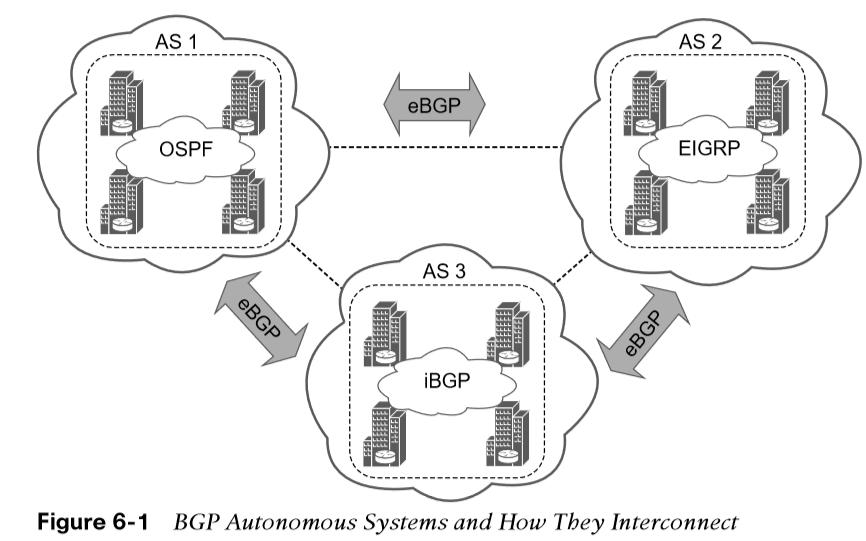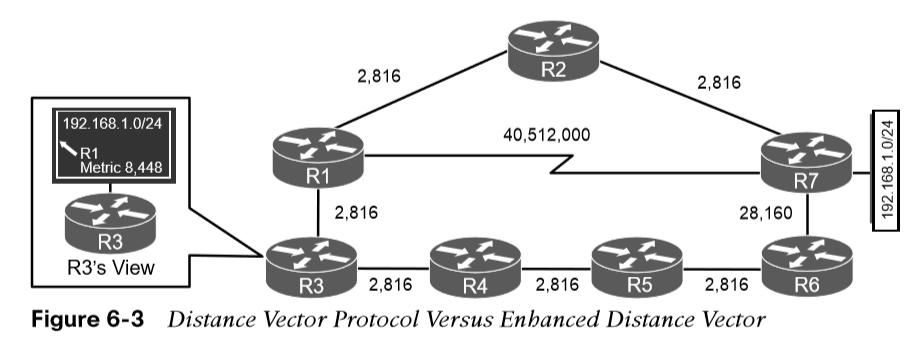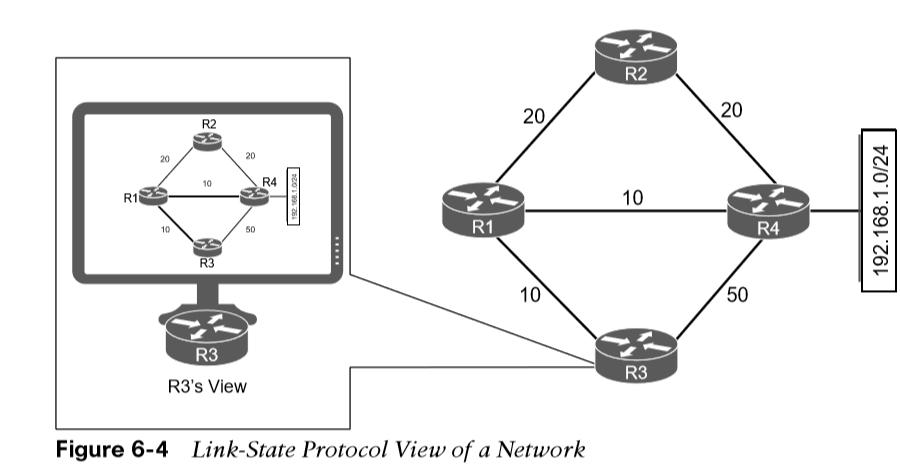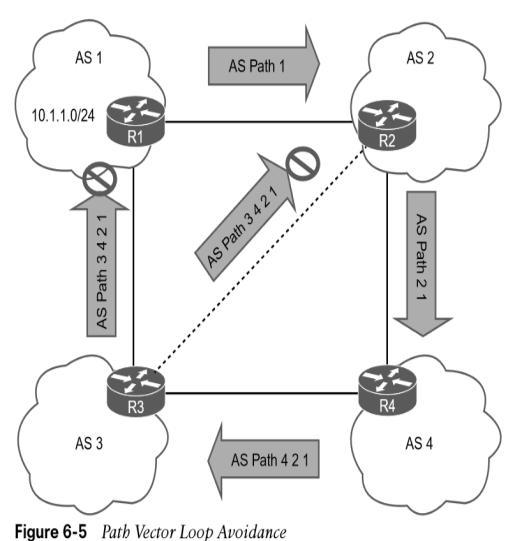
Routing Protocol Overview
how different routing protocols advertise and identify routes.
- A router is necessary to transmit packets between network segments.
- A router’s primary function is to move a packet from one network to a different network.
- cover distance vector algorithms, enhanced distance vector algorithms, link state algorithms, and path vector algorithms.
Routing Protocol Overview

- A router learns about non attached networks through configuration of static routes or through dynamic routing protocols.
- Dynamic IP routing protocols distribute network topology information between routers and provide updates without intervention when a topology change in the network occurs.

- With dynamic routing protocols, routers try to select the best loop-free path on which to forward a packet to its destination IP address.
- A network of interconnected routers and related systems managed under a common network administration is an AS, or a routing domain.
 Some popular routing protocols
Some popular routing protocols
- EIGRP
- OSPF
- IS-IS
- BGP
With the exception of BGP, the protocols in this list are designed and optimized for routing within an AS (IGPs).
Enhanced Distance Vector Algorithms
The diffusing update algorithm (DUAL) is an enhanced distance vector algorithm that EIGRP uses to calculate the shortest path to a destination within a network. EIGRP advertises network information to its neighbors as other distance vector protocols do, but it has some enhancements:
- It offers rapid convergence time for changes in the network topology.
- It sends updates only when there is a change in the network. It does not send full routing table updates in a periodic fashion, as distance vector protocols do.
- It uses hellos and forms neighbor relationships just as link-state protocols do.
- It uses bandwidth, delay, reliability, load, and maximum transmission unit (MTU) size instead of hop count for path calculations.
- It has the option to load balance traffic across equal- or unequal-cost paths.
 EIGRP is sometimes referred to as a hybrid routing protocol.
EIGRP is sometimes referred to as a hybrid routing protocol.
Link-State Algorithms
Advertises the link state and link metric for each of its connected links and directly connected routers to every router in the network. OSPF advertisements are called link-state advertisements (LSAs), and IS-IS uses link-state packets (LSPs) for its advertisements. 
- A router receives an advertisement from a neighbor and stores it in LSDB.
- The link state information is advertised to each of its neighbor routers exactly as it was received. This enables all the routers in the network to have an identical map of the network.
- SPF algorithm is run by every router in the network in order to calculate the best, shortest loop-free paths.
Path Vector Algorithm

A path vector protocol, such as BGP, is similar to a distance vector protocol. The difference is that instead of looking at the distance to determine the best loop-free path, it looks at various BGP path attributes. BGP path attributes include autonomous system path (AS_Path), multi-exit discriminator (MED), origin, next hop, local preference, atomic aggregate, and aggregator. Figure 6-5 illustrates the loop prevention concept over the following steps:
- R1 (AS 1) advertises the 10.1.1.0/24 network to R2 (AS 2). R1 adds the AS 1 to the AS_Path during the network advertisement to R2.
- R2 advertises the 10.1.1.0/24 network to R4 and adds AS 2 to the AS_Path during the network advertisement to R4.
- R4 advertises the 10.1.1.0/24 network to R3 and adds AS 4 to the AS_Path during the network advertisement to R3.
- R3 advertises the 10.1.1.0/24 network back to R1 and R2 after adding AS 3 to the AS_Path during the network advertisement.
- As R1 receives the 10.1.1.0/24 network advertisement from R3, it discards the route advertisement because R1 detects its AS (AS 1) in the AS_Path “3 4 2 1” and considers the advertisement as a loop. R2 discards the 10.1.1.0/24 network advertisement from R3 as it detects its AS (AS 2) in the AS_Path “3 4 2 1” and considers it a loop, too.
Other useful information: